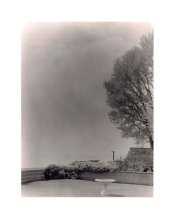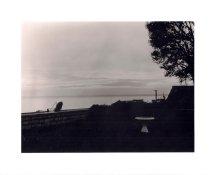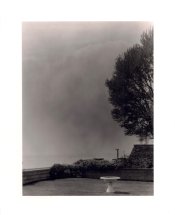Toffle
Member
Has anyone here done the leg work to test the use of standard black and white filters with orthochromatic films?
I've been shooting the Fuji HRT Green film for two or three years, and I'm quite familiar with it under most conditions, but I've never really used my standard black and white filters to manipulate contrast. Recently I have begun experimenting with a couple of filters, (mostly yellow and orange) but my results have been generally disappointing. I'm having difficulty making the switch from what I expect from panchromatic film and filter combinations to the green sensitive HRT. I suspect I'm still moving in the wrong direction in terms of contrast.
Basically, I'm looking for filters to darken clouds and skies the way a red #2 would with panchromatic films.
I'd be happy to hear of your experiences with X-Ray films and filters.
Cheers,
Tom
I've been shooting the Fuji HRT Green film for two or three years, and I'm quite familiar with it under most conditions, but I've never really used my standard black and white filters to manipulate contrast. Recently I have begun experimenting with a couple of filters, (mostly yellow and orange) but my results have been generally disappointing. I'm having difficulty making the switch from what I expect from panchromatic film and filter combinations to the green sensitive HRT. I suspect I'm still moving in the wrong direction in terms of contrast.
Basically, I'm looking for filters to darken clouds and skies the way a red #2 would with panchromatic films.
As a short side note, very early in my experience with HRT, I learned (the hard way) that this film does not pass the safe light test. I've even managed to make negatives using a red filter under very long exposures, but they're nothing I'd care to try to print.
I'd be happy to hear of your experiences with X-Ray films and filters.
Cheers,
Tom
Last edited:








 ]
] 
 ]
] ) At any rate, the negatives themselves are monochrome. I'm not sure how that would translate to the film. It's worth a try, I guess.
) At any rate, the negatives themselves are monochrome. I'm not sure how that would translate to the film. It's worth a try, I guess.






